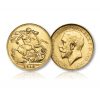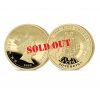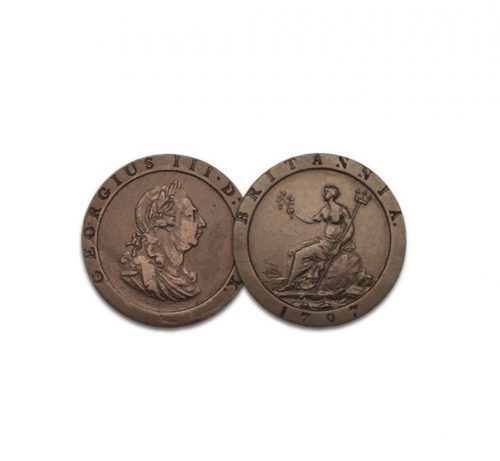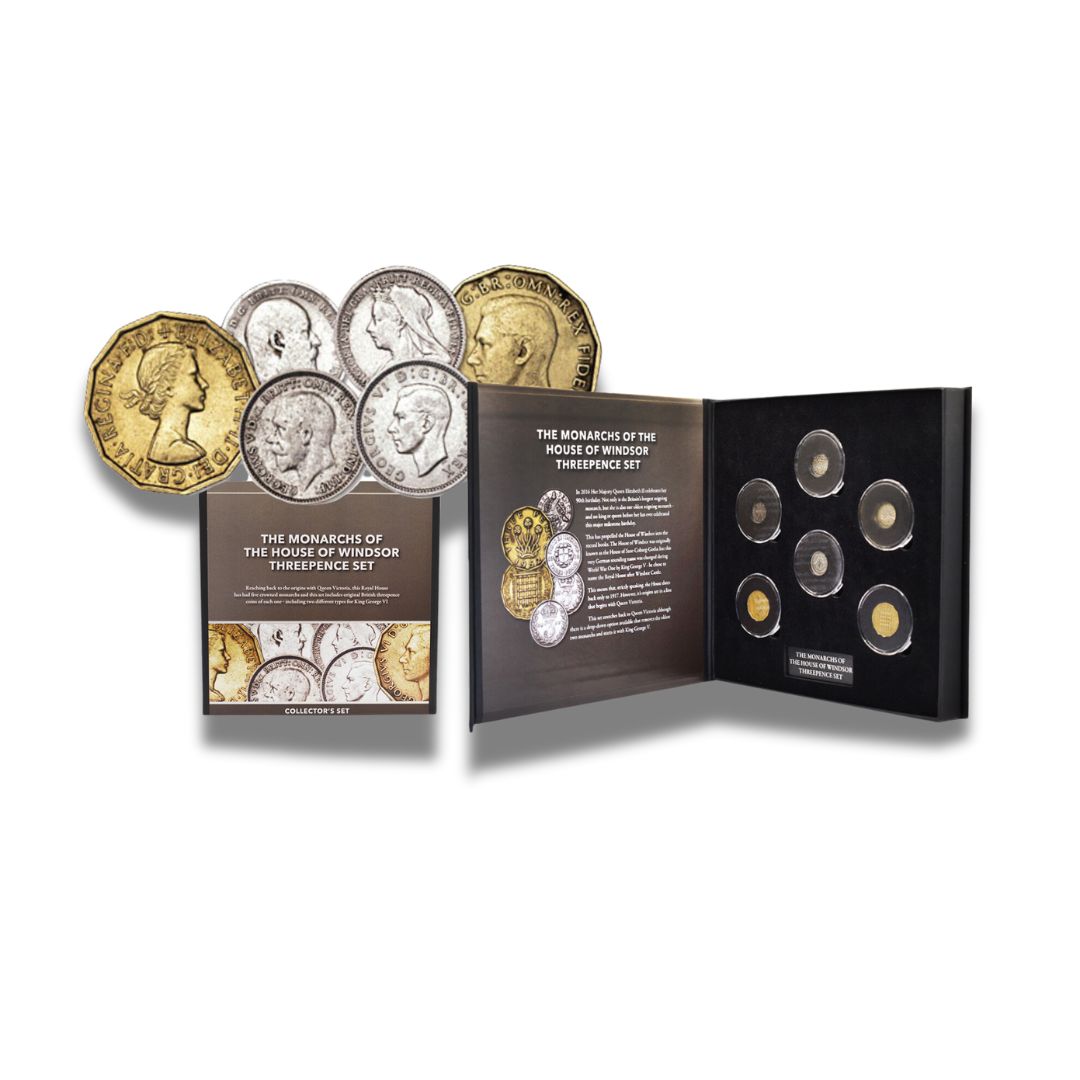Description
The first Britannia Penny, the start of a 300 year tradition – minted not in London but in Birmingham!
The Britannia Penny has been struck by seven monarchs in succession, ending with the very last issue just before decimal changeover in 1967. The first issue struck in 1797 was remarkable for many reasons.
It was the first time a penny coin had been minted in copper. It was also the first copper coin to have been minted in more than 20 years! The price of copper had risen during the reign of King George III to the point where the Royal Mint in London could not produce copper coins without making a loss.
An enterprising businessman, Matthew Boulton of Birmingham, had developed steam-powered coin making presses which allowed greater efficiency in production. It took many years but he finally secured a contract to strike British coins, which at the time was the exclusive preserve of the Royal Mint in London. His copper penny coins of 1797 were a triumph, struck to a much higher standard of design and quality than any before them. A twopence was also minted but it was not continued.
The 1797 penny is the largest Britannia Penny ever struck, and at 37mm diameter and 3mm thick it was quickly dubbed the ‘cartwheel’ as the raised outer rim and large size led people to draw the comparison to the wheel of a cart.
It was however, too large, and prone to damage: made from copper, a relatively soft metal, when dropped to the floor the pressure on the edge was equal to several tons per square inch. There were calls for it not to be continued and thus, the first ever Britannia Penny became the only issue of its size and shape ever struck – a one year issue.





